Rambam Hilchos Avodas Kochavim Chapter 2
The Prohibition to Engage in Idolatry and Blasphemy
43 min
Rambam Mishneh Torah
- August 16, 2020
- |
- 26 Av 5780
Rabbi YY Jacobson
482 views- 10Comment
- Call-in
Listen to the class on the phone
Call +1 (845) 201-1933
When prompted, dial the ID number below.
7690 MP3 MP4 Source Sheets - Copy Embed
Dedicated by Gale Levin, in merit of her family
Class Summary:
This class in Rambam the laws of Avodas Kochavim, chapter two, was presented on Sunday Parshas Shoftim, 26 Av, 5780, August 16, 2020, streaming live from Rabbi Jacobson's home in Monsey, NY
Rambam Mishneh Torah
Rabbi YY Jacobson
- August 16, 2020
- |
- 26 Av 5780
- |
- 482 views
Dedicated by Gale Levin, in merit of her family
Related Classes
Please help us continue our work
Sign up to receive latest content by Rabbi YY
Join our WhatsApp Community
Join our WhatsApp Community




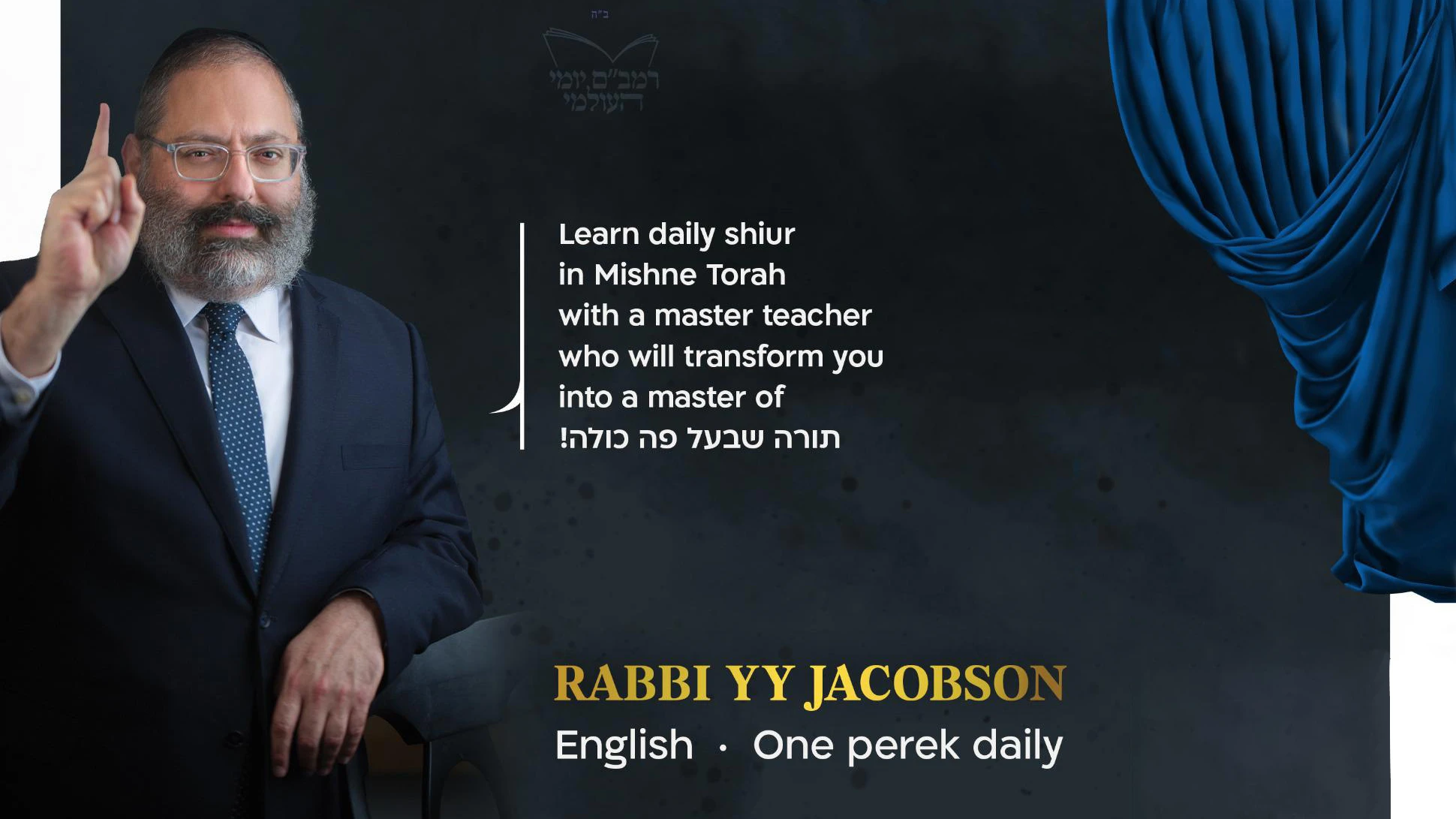
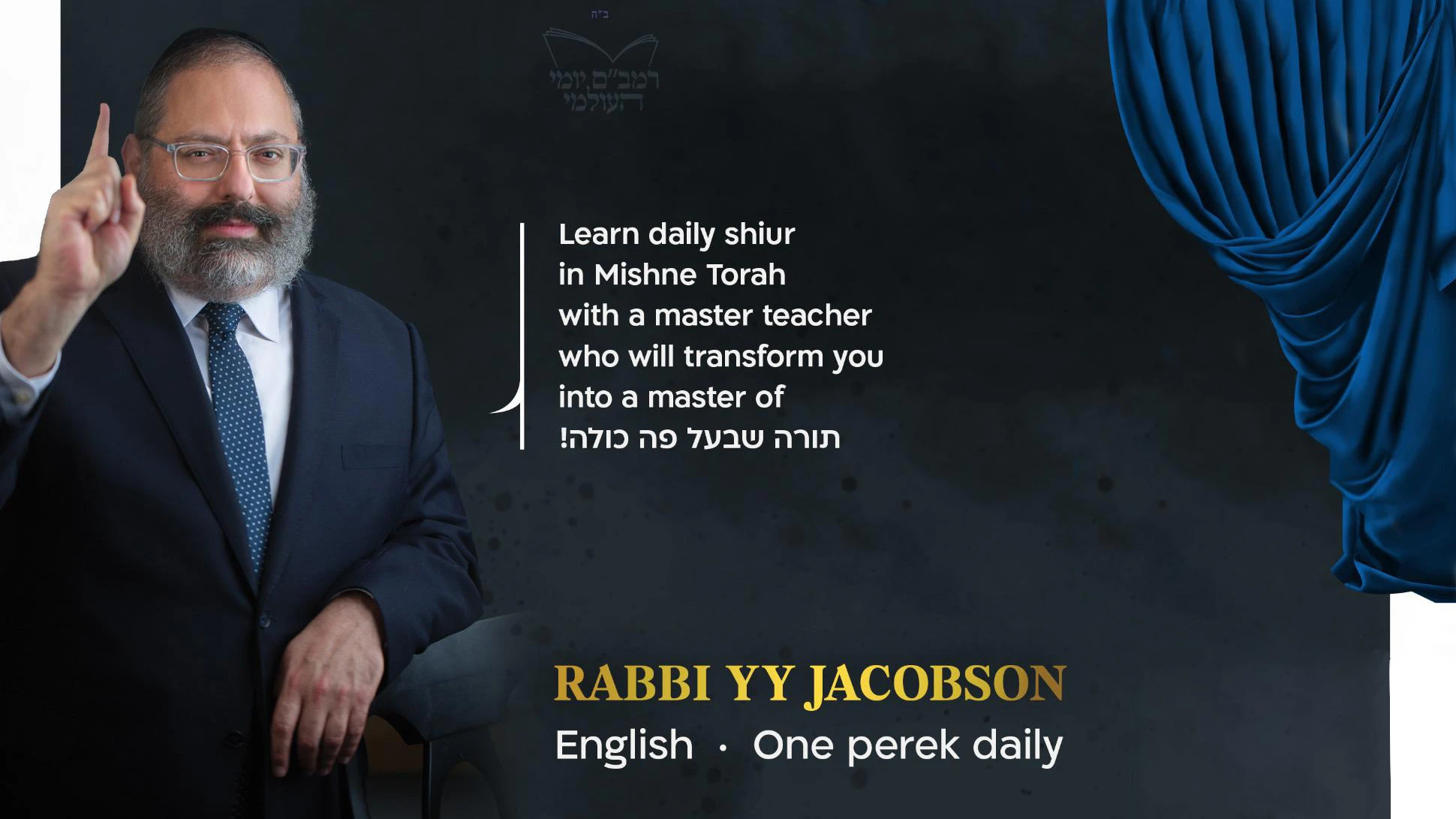
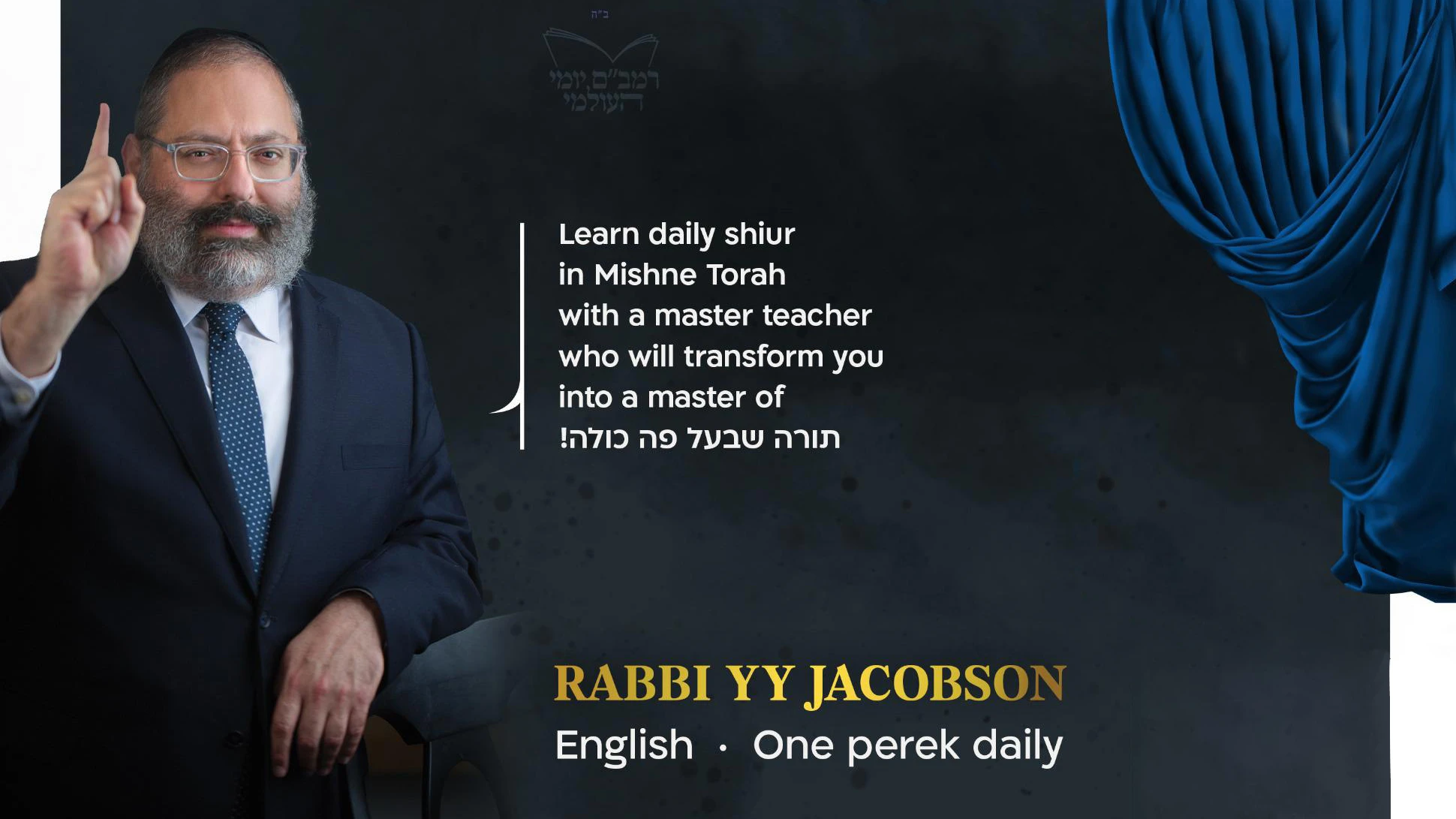
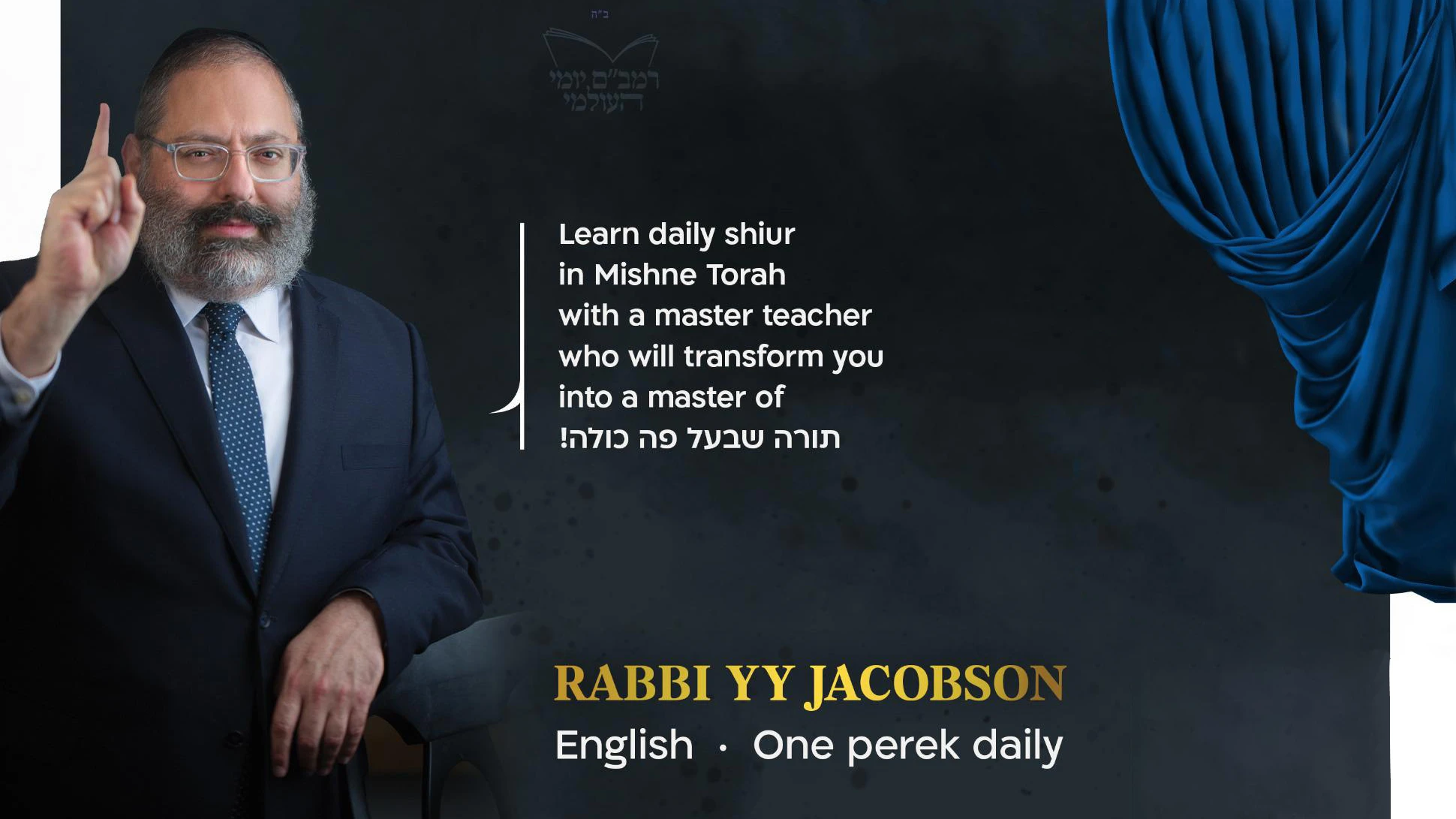
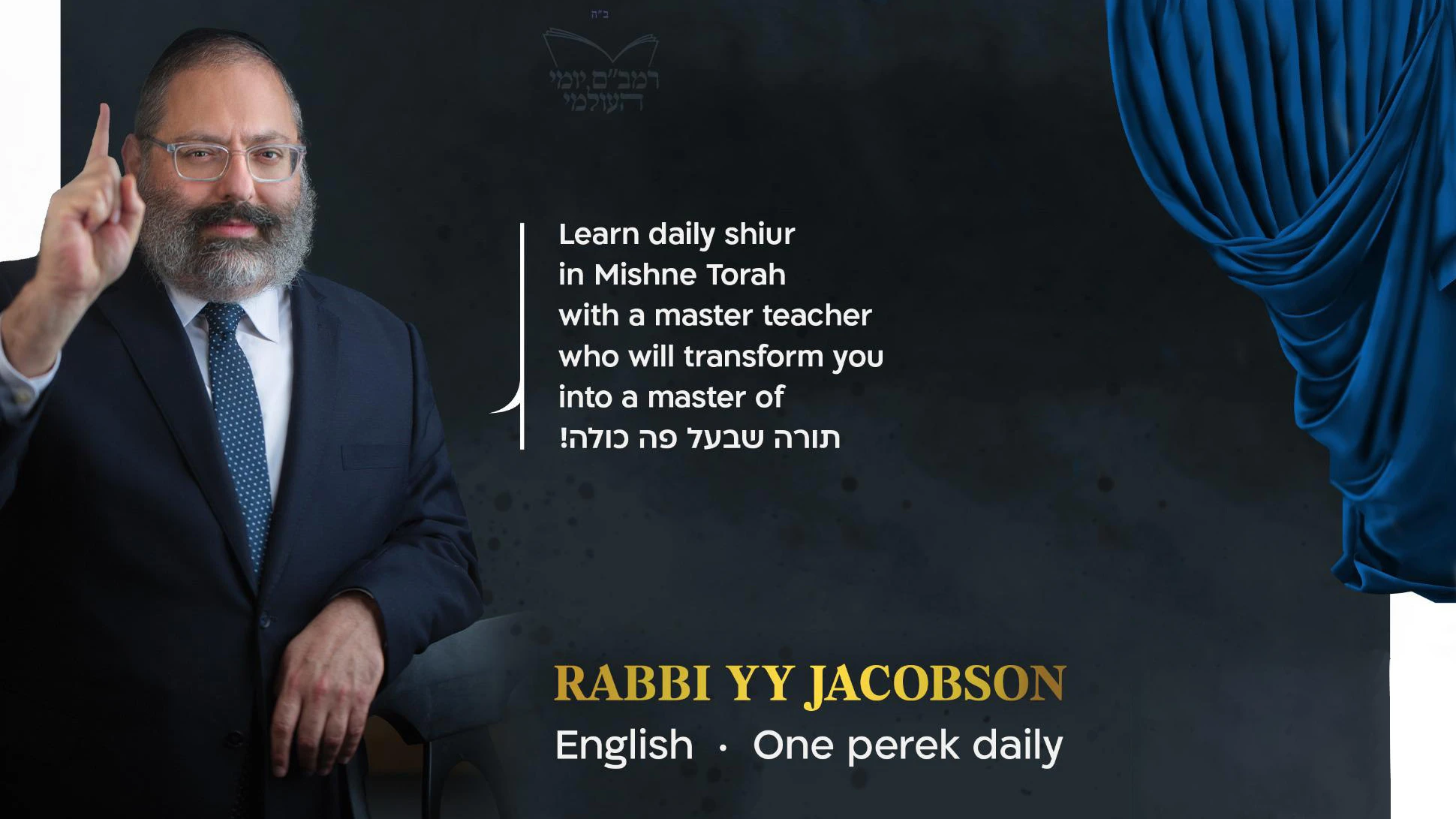
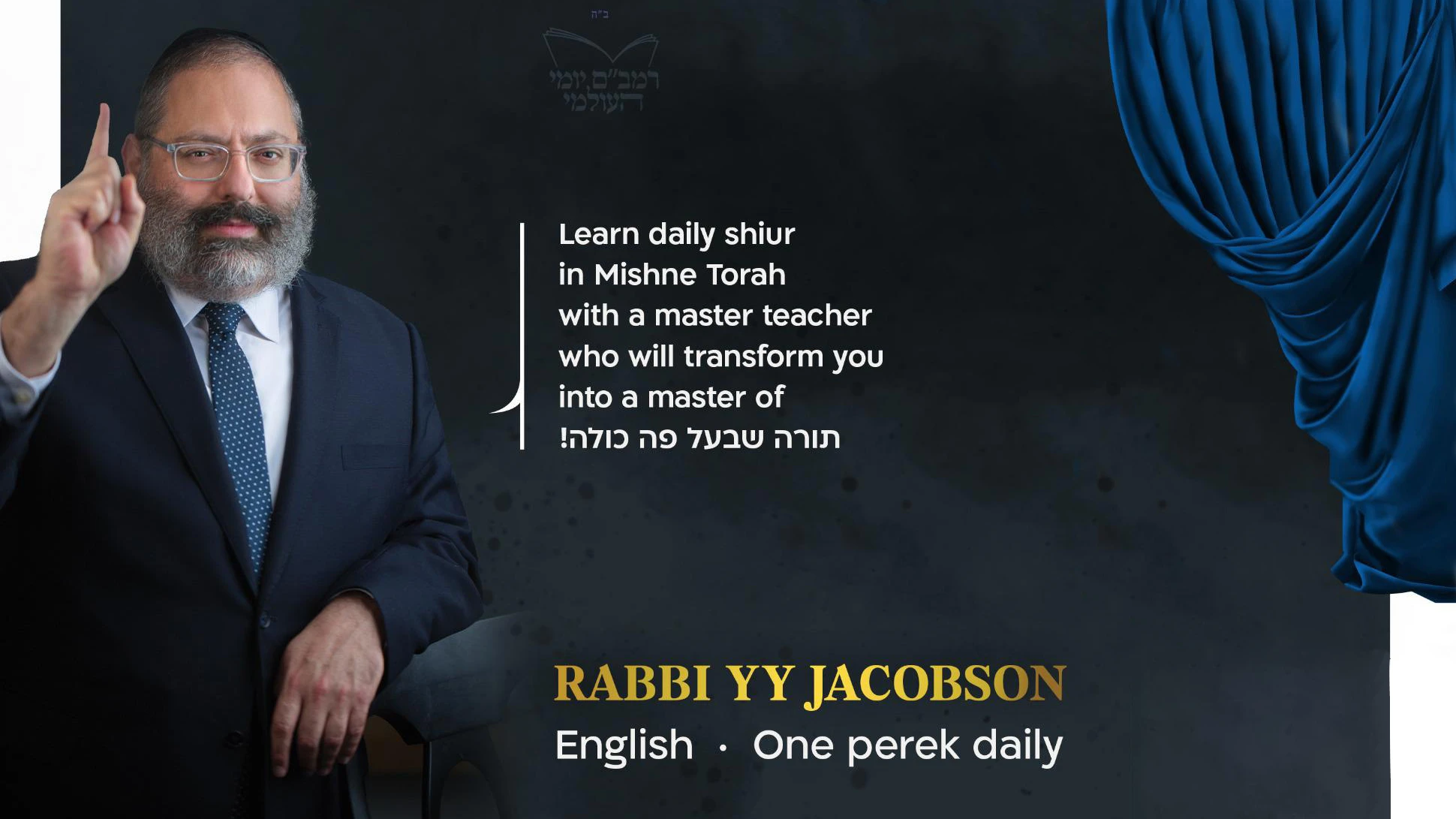
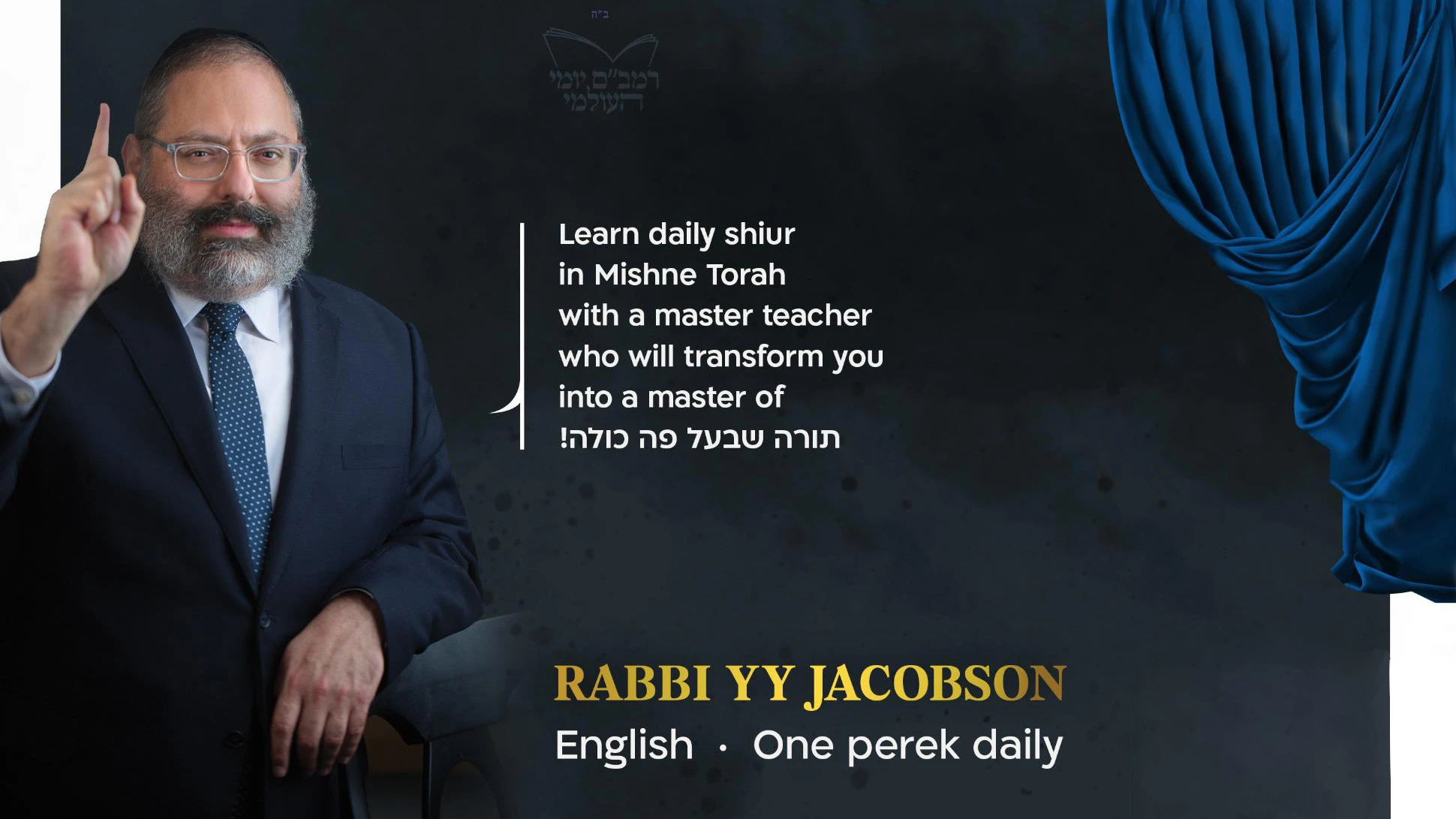
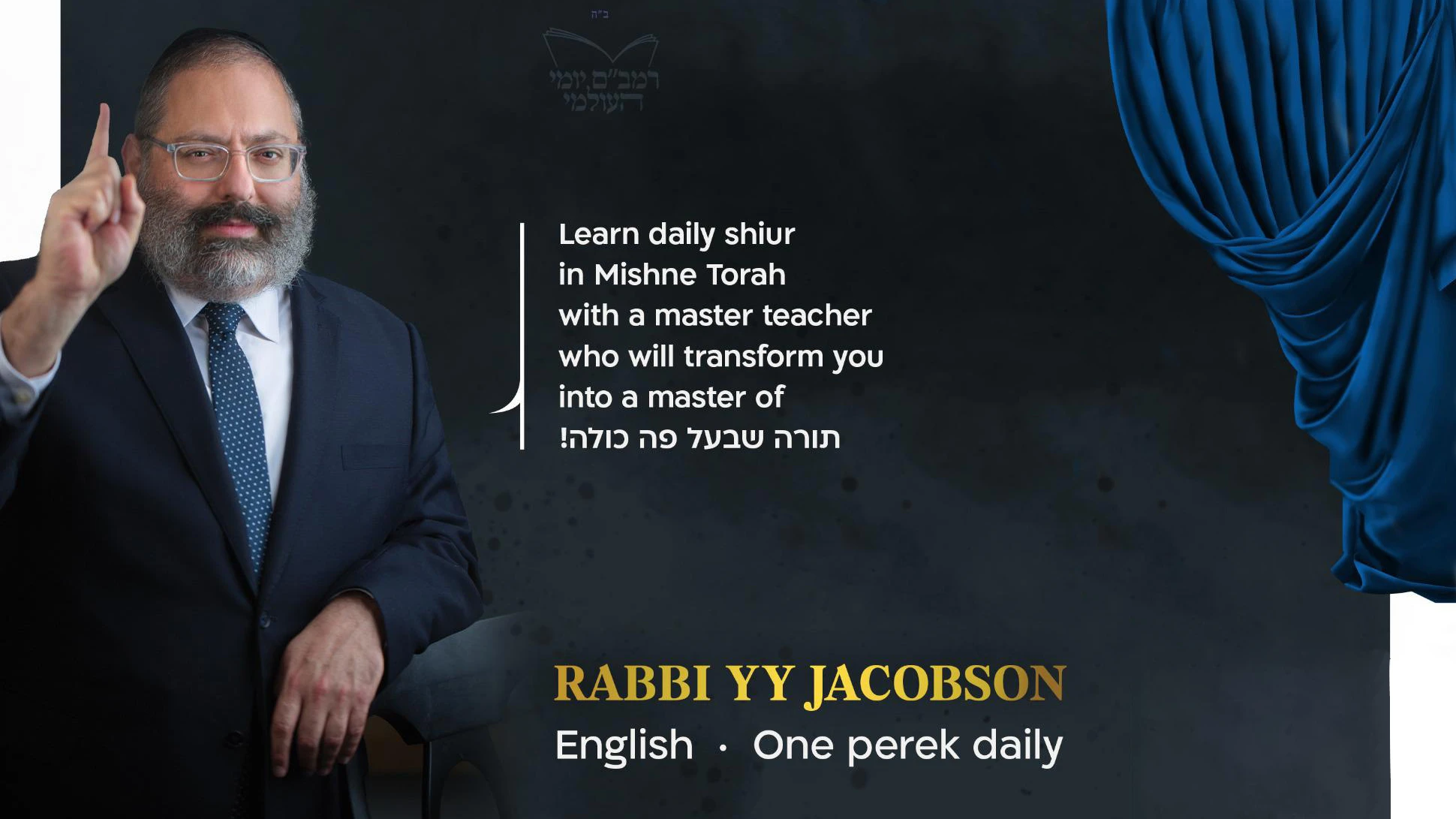
Please leave your comment below!
MZ -4 years ago
Red Line
.
I Halacha 1 - what is the redline when people diefy Rebbes and Rosh Yeshivas , particularly when Rambam says that even if one follows any creation of the Almighty in the way that Enosh did, and in that case they recognized that the Almighty was in charge but cross the line with paying homage/or thinking that a creation of the Almighty had determinative powers with respect to how the world runs. I posit that unfortunately there are many who feel the same way about the people they deify, so what is the red line until which person can go and once they pass that red line they are in the realm of idol worship according to Rambam
Reply to this comment.Flag this comment.
Dr. Heshie Klien. -4 years ago
Question for Rabbi YY
Reply to this comment.Flag this comment.
Dr. Heshie Klein -4 years ago
2 Points
1. Teariinng your garment represntes the blasphemer's separating himself from his core and creating a discontinuity in the fabric of the universe, a tear in the force, similar to undoing a kesher shel kayama.
2. Ahl pi Kabbalah, if you write the name of yud- hei- vav- hei b’milui, by writing our the numerical value of each letter, since the hei and the vav can be written either as hei-aleph, or hei-hei, and vav can be written as vav-vav, or vav-aleph-vav, they combine to four different totals of the numbers. These ar referred to as sheim, AV,, SAG, MAH and BAN i.e.- ayin-veis (72), samekh-gimel (63), mem-hei (45), and beis-nun (42) None of these add up to 86.
Also, If you write the name Yosi b’milui, yud-vav-samech-yud, which without the milui is equal to 86, yud is yud-vav-dalet (20) so two yuds = 40, vav-vav = 12+12 = 24, sum total is now 40+24= 64. Now is you spell out the letter samekh as samekh-mem-chof (60+40+20) = 120. 64+120= 184. Once you spell out the letters of yosi, logically, since you are adding more numbers to the samekh, it cannot add up to86, it has to be a higher number.
Reply to this comment.Flag this comment.
Sara Metzger -4 years ago
Someone asked ...
Reply to this comment.Flag this comment.
Sara -4 years ago
Death Penalty ...
Can you explain what that actually means? Death penalty in Olam Hazeh (which we all die anyway) Olam Habah? If yes, what does that mean? I'm thinking about the lesson of Adam and Chava when Gd said if you eat from the tree you shall surely die. So they didn't die right away for all the reasons you presented in that shiur. But that just convolutes "death penalty" even more for me because I don't understand what it actually means.
Reply to this comment.Flag this comment.
Moshe -4 years ago
The Rambam disobeyed his own writing and examined avoda zora to refute it
but didn't 4 sages enter the "pardes" with good intentions and not all made it out safely?
Reply to this comment.Flag this comment.
Moshe -4 years ago
Chapter 3 halacha 10 says no statues of people
ironically, in 1964 there was a statue of the Rambam himself erected in Cordoba!
Reply to this comment.Flag this comment.
Moshe -4 years ago
Halacha 2 of chapter 2 says not to inquire about the details of the avoda zora, yet
Halacha 2 chapter 3 says that the court should be acquainted with all the details how each different avoda zora is to be worshipped by its adherents to know how to deal with the case if a yid worships the idol in a particular way. There is a vast difference whether the yid worshipped that idol in its own unique way or not.
How to reconcile?
Reply to this comment.Flag this comment.
Moshe -4 years ago
is a yid who succumbed to avoda Zora really not to be regarded as a yid per halacha 5?
I would guess that most yidden who succumbed to avoda zora did so with no intent, no knowledge of true Yiddishkeit, no warning, no knowledge of the consequences, etc.
Are they lost forever per halacha 5? What about "all yidden have a chelek etc"?
Halacha 9 seems to say that they cannot even do teshuva!
I'm guessing there are others who disagree with the Rambam about this. We certainly accept those many yidden who escaped from ashrams, etc.
Reply to this comment.Flag this comment.
Moshe -4 years ago
Halacha 5 says not even to converse with or reply to a idolator
presumably this includes yidden who have lapsed.
But.....aren't we required in pirke avos to know what and how to answer a nonbeliever, a scoffer, an atheist, a yid who has rejected Torah? How can we answer such a person if we listen to the Rambam and avoid any discourse or reply?
What if a yid, knowledgeable about yiddishkeit or not, intentionally or unintentionally succumbs and falls into Buddhism, or other avoda Zoras , goes to an ashram etc. Do we not try to save him? Many yidden have gone that way, spiritual seekers no less. Do we abandon them? Are they deserving of the harsh punishments laid out in chapter 2?
If we are to try to save him, we must know how to refute the shtuss. How can we refute if we don't examine the folly and then know what and how to answer? Yet, the Rambam seems to forbid such examination for the purposes of refuting it and saving a yid. The Rambam seems to say, basically, "he did this to himself, so he deserves the severe punishment".
R. Immanuel Schochet was an expert in xianity. He even gave proofs why, according to their false logic, he should be worshipped!
Sarah Yocheved Rigler is now a well known author and lecturer in Yerushalayim. Yet, and she herself has publicized this, she spent about 19 years in an ashram practicing Avoda Zora.
Reply to this comment.Flag this comment.